|
Benin
|
Places of
Interest
|
Ouidah:
|

|
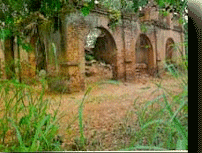
|
Spelt
"WHYDAH" in history books written in English, it is the "Museum City".
It is evocative of European penetration with its ancient Portuguese, English, Danish and
French trading posts or strongholds. There can be seen the remains of the ancient port
from which slaves were boarded and shipped to the Americas. |
| |
Allada:
It is the city, the cradle of
"voodoos" in vogue in the Americas, namely in Brazil, West Indies, the Caribbean
countries. |
| |
| Abomey: |
|

|

|
| Referred
to as the "Royal City", it is the capital of Dan-Home, the ancient Kingdom. It
has one of the most impressive museums of Africa. Its artists and craftsmen, be they
weavers, jewelers, woodcarvers, iron and brass workers are famous far beyond the
boundaries of the Republic of BENIN. |
| |
| Porto
Novo: |
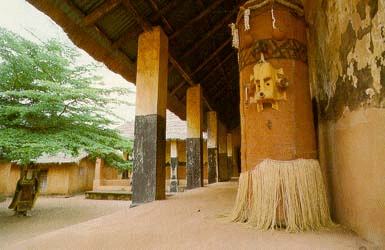
|
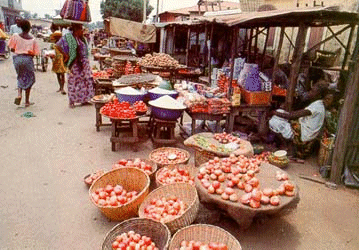
|
| The
"City with three Names" (Porto Novo,Hogbonou,Adjatche) . It is Benin's
administrative capital, right in the middle of the Yoruba land. |
| |
Nikki:
|
The
historic capital of the Baatonu people. |

|
| |
Natitiogou:
Its castle-type "TATA-Sombas" and
the traditional huts of the Tanekas and other tribes in the North where there are the
richly varied fauna of the National Parks of Pendjari and "W". |
| |
| Ganvie: |
|
Called
an African Venice
because fifteen thousand people live in the dwellings
that are perched on piles in the lake, Ganvie is a lot
more to the Tofinu peoples.
|
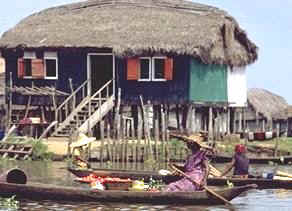
|

|
| To the Tofinu peoples, Ganvie means: " the collectivity of those who found peace at
last " |
Africa's
unique floating villages built on stilts. A population of several thousand. Motorboats or
dugouts are available for the trips across the lake to the Ganvie. During the trip, there
are Akadjas made of stakes and bushes in the shape of open circles or triangles driven
into the bed of the plantless Lake. Seeking shelter among the foliage, the fish can thus
be easily caught or kept for breeding. |
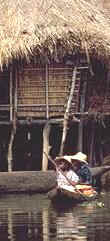
|
| |
| Grand
popo It's the last city before
the boundary with Togo . It's a nice place with long beaches , coconut trees , surrounded
by fishing villages .
|
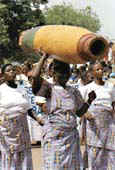 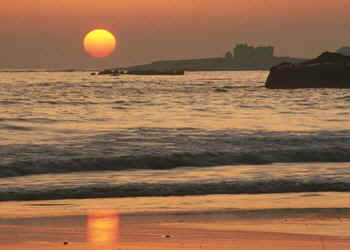
|